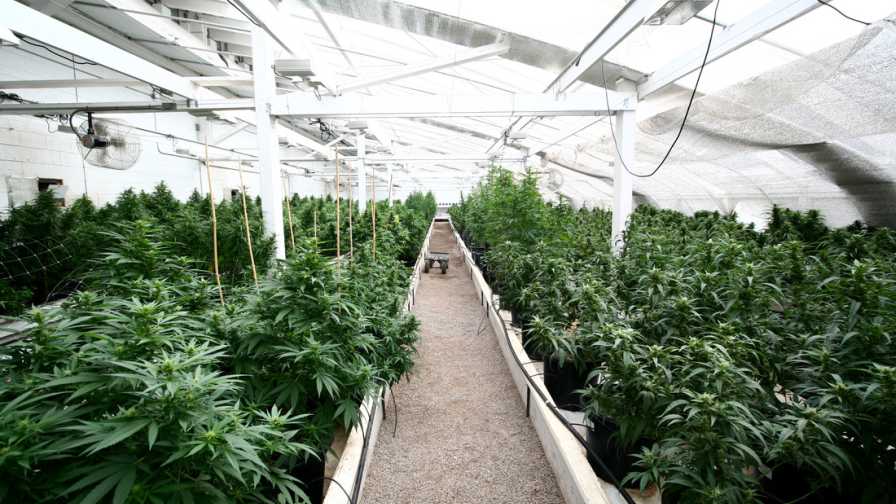Hemp :The Ecosystem Savior
Carbon emission reduction is perhaps one of the most difficult things we can all do to minimize our carbon footprint. By ‘capturing’ carbon dioxide inside the plant, hemp serves as a purifier by eliminating it from the air. All plants perform these tasks but due to hemp’s quick development, it happens considerably more quickly than with most other plants. Sequestration of carbon is the term for this process. According to estimates, growing hemp will absorb 10 to 22 tonnes of carbon dioxide per hectare. Hemp is one of the quickest CO2-to-biomass converters on the market, more efficacious than agroforestry, thanks to its quick growth (it reaches a height of 4 metres in just 100 days).
Hemp has the astonishing capacity to organically irrigate itself, demanding very little water for growth. This distinguishes hemp from other plant-based milk alternatives like soya or almond and other naturally thirsty plants like cotton.
Another benefit of hemp for the environment is that it can be grown without pesticides or herbicides, unlike other natural fibres like cotton or flax. Exposure to these poisons has been connected to health concerns like cancer as well as environmental problems like water pollution. Therefore, textile industries can utilise this benefit for reducing the number of poisons and pollutants in our air and water by using hemp as a possible alternative.

Hemp Plant – growing
Hemp is a rich source of nutrients for both the land in which it grows and for humans. About 70% of the nutrients needed to cultivate hemp are returned to the earth. Because of this, far less fertiliser is needed for it to flourish, which results in cleaner water sources.
Hemp may also be utilised in bioremediation, a method of cleaning up polluted soil. Hemp functions essentially like a sponge to draw contaminants out of the soil as a phytoremediator. Hemp is now being used by farmers to rejuvenate their crops. In fact, after the Chernobyl nuclear tragedy, hemp was also employed to remove radioactive materials from the ground!

Chernobyl Nuclear tragedy – In 2001, German researchers said that that hemp was able to extract lead, cadmium and nickel from a plot of land contaminated with sewage sludge.
The capacity of hemp to replenish the soil and eliminate contaminants makes it perfect for crop rotation, which benefits the farming environment and promotes sustainable farming practises. Additionally, hemp growing on depleted soil aids in halting soil erosion and reviving the land’s fertility.

Hemp Cultivation – Greenhouse
In contrast to many other plant species, hemp can be produced in a variety of climates. This indicates that hemp has worldwide environmental advantages. Furthermore, hemp seeds are a great source of protein and a variety of vital vitamins, minerals, and amino acids. For the poorer and less advantaged communities around the world, growing hemp is a way to provide nourishment as well as improve soil fertility for other foods.
Hemp may now be turned into biodiesel by crushing the seed into oil, and the fermented stalk can be turned into ethanol and methanol. Hemp biodiesel fuel doesn’t need to be modified for usage in any diesel engine. Biofuels are considerably better for the air than fossil fuels, even if they are not the greatest option since they are non-toxic, biodegradable, and release fewer greenhouse gases.
Hemp has the ability to improve soil health, decrease waste production, and save natural resources. We will profit from hemp as it gains more acceptance in society. Hemp has numerous, great, and diversified environmental advantages from supplying a source of fuel to enhancing soil fertility and even becoming the latest fashion.



